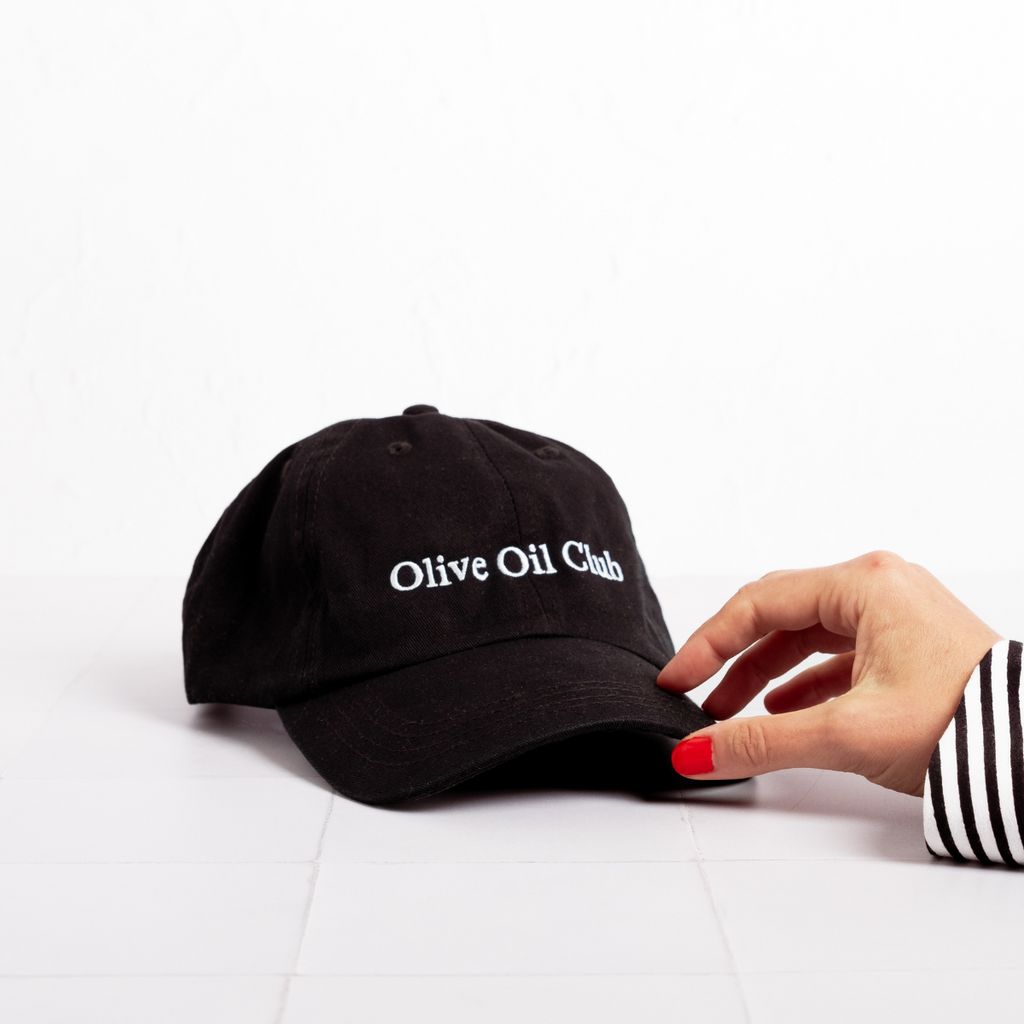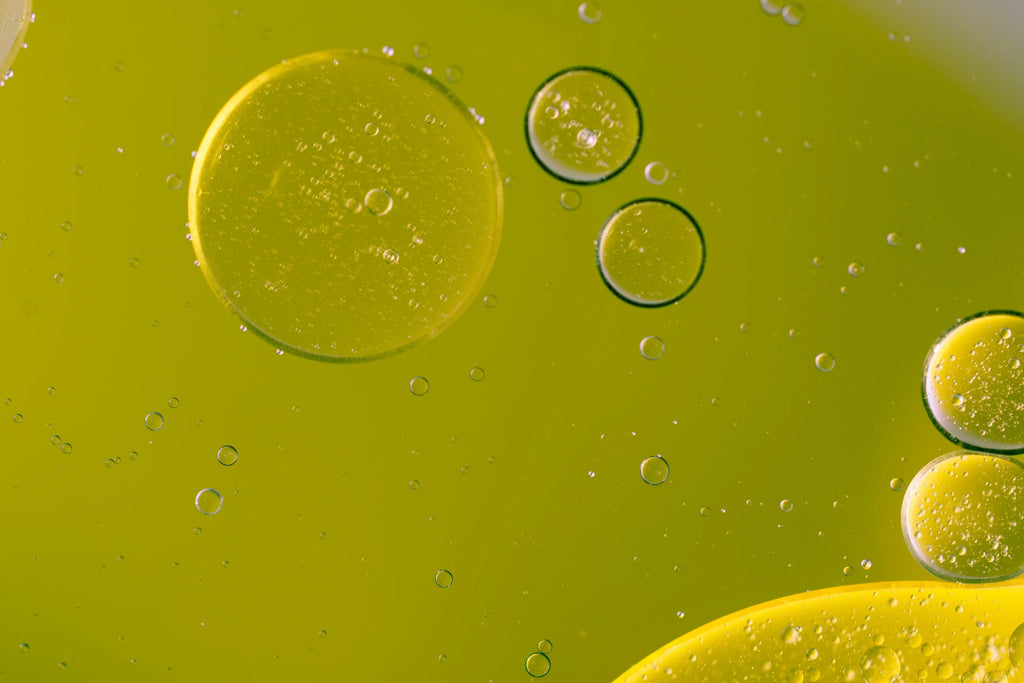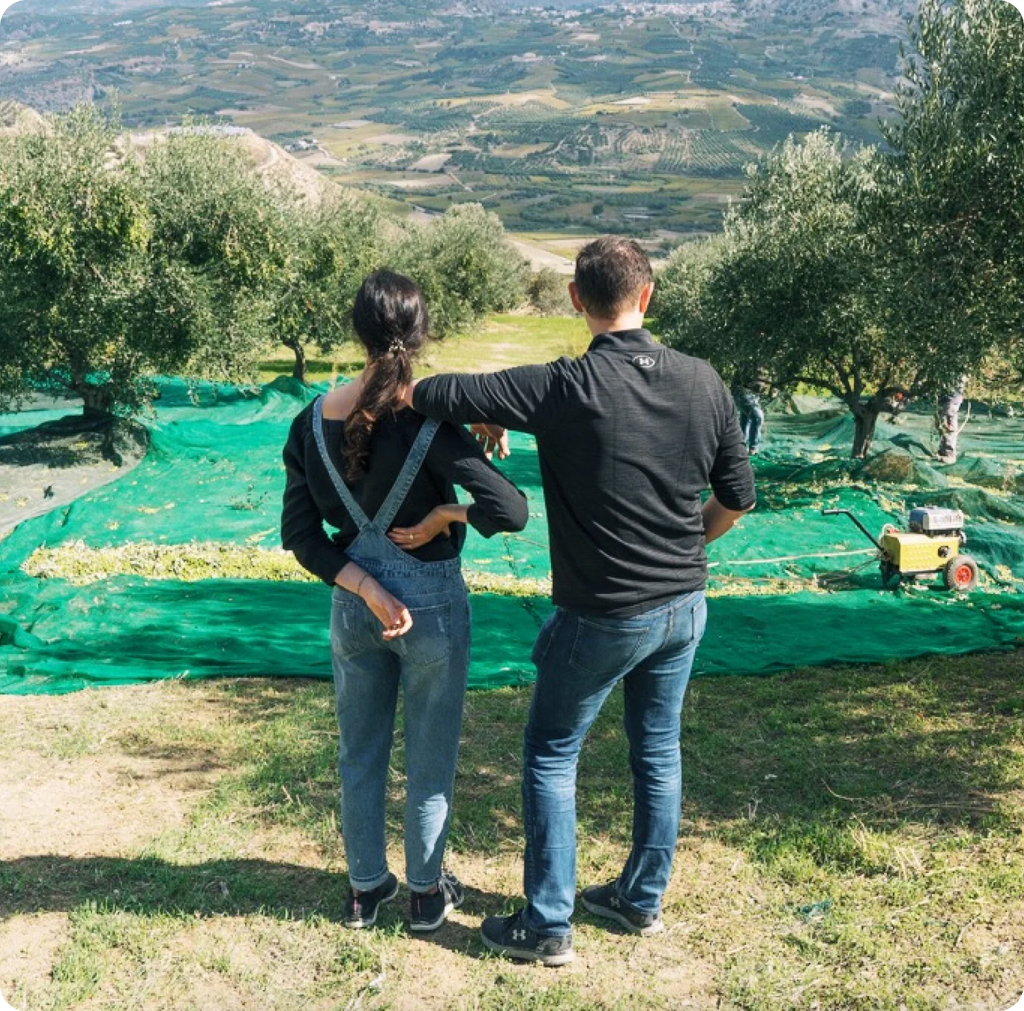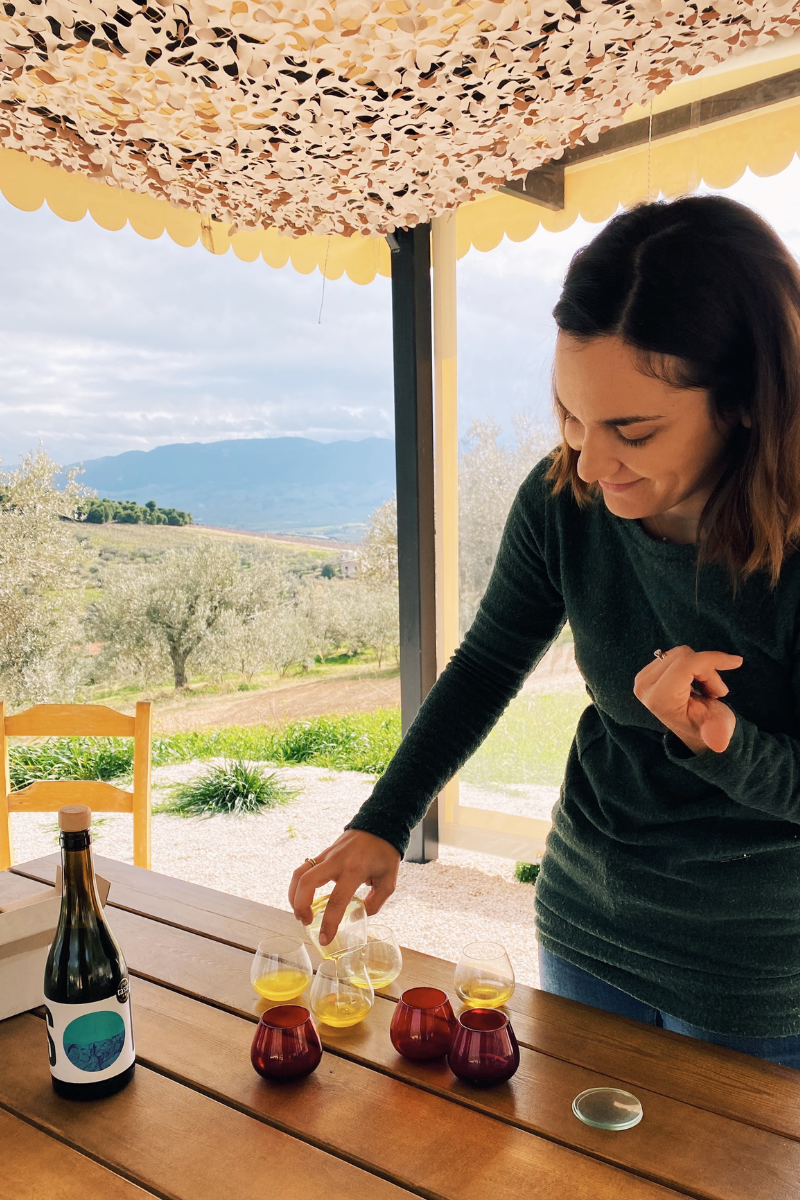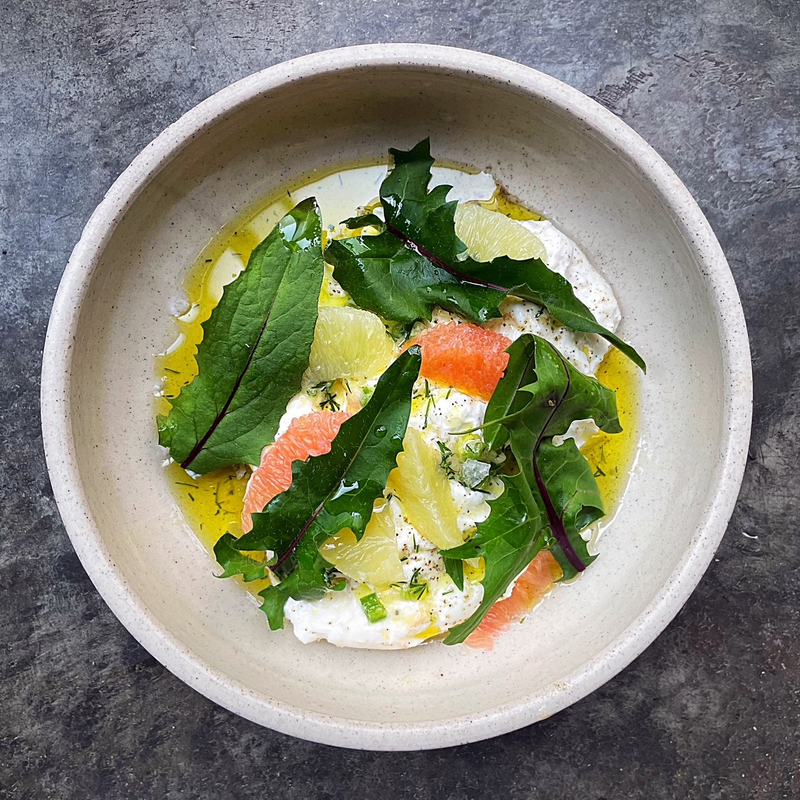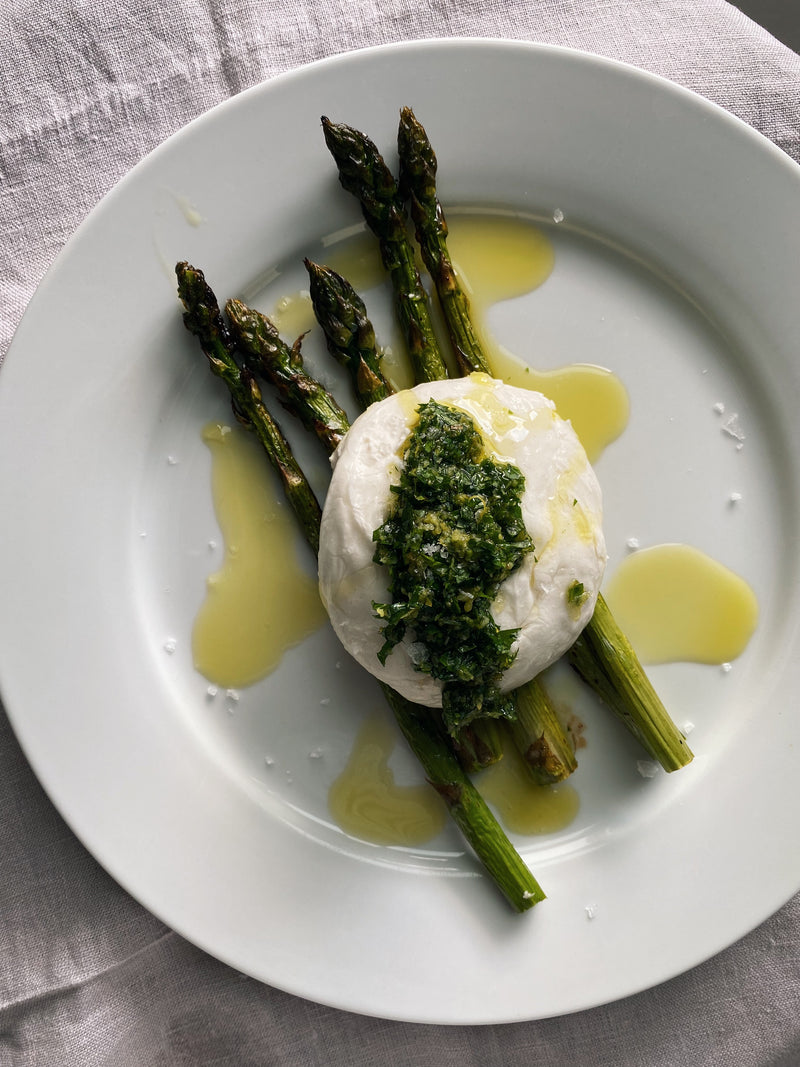The commodity price of olive oil is dropping, but here’s why premium extra virgin should not.
This is a crisis of commodity. Volatility in the market puts quality, producers, and land at risk. The headlines might say that prices of olive oil are decreasing, but some things like the impacts of the climate crisis, production and labour costs for farmers, and the customer demands globally are only increasing.
Most are going to feel some relief when they see the average price of their supermarket olive oil go back to “normal”. Last year’s record high was devastating to many people who count on this delicious and healthy oil as a core part of their diet.
No one felt this worse than the people from the Mediterranean, whose whole shared food culture is based around this cornerstone ingredient.
There’s some respite, though. In total, the whole world production for olive oil in this current 2024/25 harvest year could increase by 32% from the previous year. (source: International Olive Council).
There’s a lot of talk about how prices are going down. Even buyers and other brands are saying to expect lower shelf prices. But what people should be talking about is how *commodity* prices are going down—and what that even means.
Here’s why the prices might not drop in the long-term:
Farmers' costs are still going up.
When a commodity system decides the value is lower, it squeezes the whole market—but production and labour costs are still gutting farmers.
Retailers and wholesalers set the price and many farmers and small producers are forced to accept it.
Most farmers we speak to have had a 50% increase in their labour costs in less than a decade.
After extreme weather changes with droughts and floods, labour is the biggest concern for producers. And this is a particularly steep cost for traditional, artisan producers who use less machinery and require more people for their harvesting.
On average, it can cost nearly double (or, for some of our farmers, significantly more) to harvest a traditional mountain grove as it does a super-intensive one, putting smaller producers at a huge disadvantage.
So yes, supermarket prices are going down, but farmers’ cost of living is not. Production costs are not. General inflation and input costs are not.

Not every region is recovering; the climate is still in crisis.
Among the top producers, many are up from last year’s devastating blow—but not Italy. They’re not only facing climate factors that really wreaked havoc on this year’s harvest, they’re also still dealing with xylella fastidiosa, the deadly bacteria that’s killed more than 20 million trees in their biggest producing region of Puglia.
The climate is putting pressure on regions across the Mediterranean, and the threat of grove “abandonment” is high. Places like Extremadura in Spain have more than 250,000 hectares of traditional olive groves at risk of being abandoned from the economic and weather squeeze on farmers.
There’s also been a big push in the olive oil space to invest in new regions. We launched our first southern hemisphere oil for the Olive Oil Club back in December from South Africa, and similar “wine” regions are establishing olive groves.
However, the climate has also hit those zones, with places in South America losing around one-third of their harvest from sudden weather changes.

Production isn’t increasing as fast as consumption has.
The Mediterranean diet is hardly a trend. It consistently makes the “best diet” list year after year and is one of the most researched lifestyles going back to antiquity.
The studies around this diet are a driving force as to why people are drizzling, sipping, and shotting their way into more liquid gold.
And it’s not just in Europe. New markets are swooping in to buy up olive oil, driving consumption increases of 20% in Brazil, nearly 30% in Japan, and approaching 100% year on year in China. (source: https://www.internationaloliveoil.org/sector-statistics-january-2025/)

There’s a widening gap between big versus small.
Who better to explain the difference between an industrial corporation and artisan production than some of the inspiring people we source from:
“I'm not sure the customers and retailers understand the difference between industrial and small production. Although both labelled “extra virgin olive oil”, they are really two totally different categories and should be discussed accordingly. — Lena, who makes our oil from Istria, Croatia.

“Industrial olive oil is a commodity, an edible fat. Its price is almost purely a function of supply and demand. Additionally, we all know how these industrial oils are made; blending produce from different nations, and harvests, refining old stocks, mixing with seed oils, etc. They focus on quantity not quality, and they have poor nutrient properties due to lack of biophenols.
Our oils are completely different products, they are made in order to capture the character of the olives and territories they come from, expressing the skills and technology of individual farms and mills, that result in rich organoleptic and nutrient profiles. Unlike the industrial product our artisanal oils are not scalable processes; our mills and our farms have limited production capabilities.”—Candice, who makes our EVOO from Tuscany.

“I always focus on small-scale, family production—this way the countryside stays alive. It's not the same giving the land to big corporations to produce instead of having people and their families staying and farming their own plots. Either we want it or not. Food production, land ownership, and life choices (such as where we chose to live and what to do for a living) are ethical, political (with the broader sense of the term) and philosophical issues nowadays.”—Christina, whose oils have been featured in our Olive Oil Club, from Zakros, Crete.

“You said it exactly right. Retailers are saying that olive oil prices are dropping because they try to push the price down. I have heard of no farmer saying, 'I am putting the price down.'”—Marije, who works with many producers across Portugal and whose own batch is in our March Olive Oil Club this year.

Why we reject the commodity prices.
The commodity market is a broken system, and these speculative practices around the price of olive oil go on to harm farmers.
Producers will face low prices during harvesting, but then see final oil prices increase significantly on shelf or later in the year—without any benefit to them.
We recognise that traditional groves and smaller producers, particularly those in hillsides where machinery isn’t an option, are more costly to make. But the quality of the oils, the sustainability of the environment, and the livelihoods of the people who look after land is something we prioritise.
Every time we see a headline that says the price of olive oil is going back down, it should come with a big *asterick* to make it very clear that it means the *commodity* prices are dropping.
What this means for shoppers.
If you pay commodity prices, you get a commodity product. Exceptional oil is blended with poorer quality oil, keeping it just within the limit to qualify as ‘extra virgin’. This comes at the expense of flavour and nutritional value.
If you aren’t paying a commodity price, then the price on the shelf is less likely to fluctuate. If they are fluctuating constantly, you’re likely playing into a commodity model which is as volatile as the climate that influences it.
When you pay people fairly, they’re incentivised to improve the quality of their land, improve the quality of the people working around them, and ensure that olive oil has a future.
“I believe that despite the industry taking over and the EU not helping small farmers enough, through customer education and a general trend towards prioritizing healthy choices over material status symbols, we can have a future.”— Lena, our producer in Croatia.
People are willing to spend £50 on a bottle of wine that will only last the night, but feel that £20 on a bottle of extra virgin olive oil which can be used longer and support your overall health and enjoyment of food is too punchy.
That is a mindset as broken as the system which upholds it.







